Introduction
Abalone and potato stew, a dish that harmoniously blends the briny richness of abalone with the earthy comfort of potatoes, is a culinary masterpiece that demands precision, patience, and a deep understanding of ingredient synergy. Rooted in coastal cuisines where abalone is abundant, this stew has evolved into a global favorite, celebrated for its luxurious texture and balanced flavors. Whether you’re a seasoned home cook or a curious food enthusiast, this guide will unravel the secrets to creating a stew that tantalizes the taste buds and impresses even the most discerning palates. From selecting the finest abalone to mastering the slow-cooked umami broth, we’ll explore every facet of this dish to ensure your version is nothing short of extraordinary.
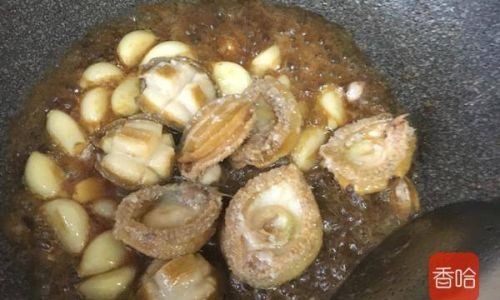
Chapter 1: Understanding the Ingredients
1 The Star of the Show: Abalone
Abalone, a prized marine snail revered for its tender flesh and delicate flavor, forms the heart of this stew. When selecting abalone, freshness is paramount. Opt for live abalone if possible—their meat will be firm, glossy, and emit a faint oceanic aroma. Frozen abalone is a viable alternative, but ensure it is vacuum-sealed and free of ice crystals, which may indicate freezer burn. For those seeking convenience, canned abalone (preferably in brine) can be used, though it lacks the texture of fresh or frozen varieties.
2 The Humble Hero: Potatoes
Potatoes act as the stew’s backbone, absorbing the briny essence of abalone while adding a velvety richness. Choose waxy potatoes like Yukon Gold or Red Bliss, as their low starch content prevents them from disintegrating during long simmers. Avoid russet potatoes, which become mushy and cloud the broth. Peel the potatoes to eliminate bitterness, then cut them into uniform 1.5-inch chunks to ensure even cooking.
3 Aromatics and Flavor Enhancers
The stew’s depth hinges on a carefully curated blend of aromatics and seasonings:
- Shaoxing Wine or Dry Sherry: Adds a nuanced sweetness and neutralizes abalone’s natural brininess.
- Soy Sauce: Use light soy sauce for salinity without overpowering the abalone’s flavor.
- Ginger and Garlic: Freshly minced ginger combats seafood’s “fishiness,” while garlic imparts a subtle warmth.
- Chicken or Vegetable Broth: A homemade broth elevates the stew, but store-bought low-sodium varieties suffice.
- Sugar: A pinch balances the dish’s savory notes.
- Scallions and Cilantro: For garnish, adding freshness and color.
Chapter 2: Preparing the Abalone
1 Cleaning and Tenderizing
Abalone’s muscular foot requires meticulous preparation:
- Remove from Shell: Gently pry the abalone from its shell using a blunt knife, severing the connective tissue.
- Scrub Thoroughly: Rinse under cold water, scrubbing the exterior with a stiff brush to eliminate grit.
- Tenderize: Using a meat mallet or the back of a knife, lightly pound the abalone flesh in a crisscross pattern. This breaks down tough fibers without compromising texture.
- Slice Thinly: Cut the abalone into ¼-inch-thick slices against the grain for optimal tenderness.
2 Marinating for Flavor
Marinate the abalone slices for 20–30 minutes in a mixture of Shaoxing wine, soy sauce, and a touch of cornstarch. The cornstarch creates a protective coating, sealing in juices during cooking.
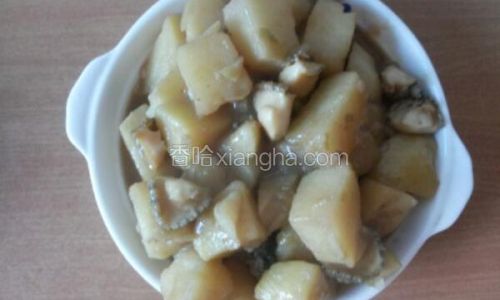
Chapter 3: Building the Stew’s Foundation
1 Searing the Aromatics
Heat a heavy-bottomed pot over medium heat, then add neutral oil (e.g., peanut or canola). Sauté minced ginger and garlic until fragrant but not browned—this forms the stew’s aromatic base.
2 Deglazing with Wine
Deglaze the pot with Shaoxing wine or dry sherry, scraping up any browned bits. This step introduces acidity and layers of complexity.
3 Simmering the Broth
Add chicken broth, light soy sauce, sugar, and a bay leaf (optional). Bring to a gentle simmer—never boil, as high heat toughens abalone.
Chapter 4: Cooking the Potatoes to Perfection
1 Pre-Cooking Techniques
To prevent undercooked centers or overcooked edges:
- Parboil: Briefly boil potato chunks in salted water until barely tender, then shock in ice water. This jump-starts cooking and firms their structure.
- Sauté: Lightly brown parboiled potatoes in oil to develop a caramelized crust, enhancing their flavor.
2 Integrating into the Stew
Add potatoes to the simmering broth, ensuring they’re submerged. Maintain a gentle simmer—a lively bubble will break down the potatoes into mush.

Chapter 5: Uniting Abalone and Potatoes
1 Timing Is Everything
Abalone cooks rapidly; overcooking renders it rubbery. Add the marinated slices during the stew’s final 5–7 minutes of simmering.
2 Thickening the Broth
For a luxurious consistency, create a cornstarch slurry (1 tbsp cornstarch + 2 tbsp water). Stir it into the stew during the last 2 minutes, allowing the broth to thicken slightly.
Chapter 6: Finishing Touches and Presentation
1 Adjusting Seasoning
Taste and adjust with salt, a drizzle of sesame oil, or a squeeze of lemon juice. Avoid over-seasoning, as abalone’s flavor is delicate.
2 Garnishing with Flair
Sprinkle with thinly sliced scallions and cilantro. For an indulgent touch, add a drizzle of chili oil or a dollop of crème fraîche.
3 Serving Suggestions
Pair the stew with steamed jasmine rice, crusty bread, or buttered noodles. A crisp white wine like Sauvignon Blanc complements its briny notes.
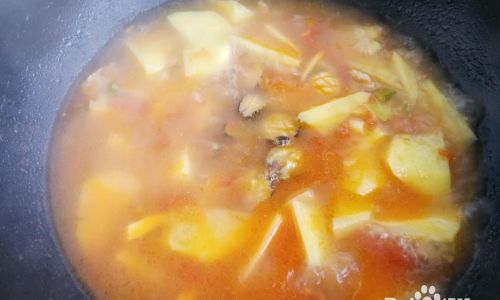
Chapter 7: Troubleshooting Common Pitfalls
1 Tough Abalone
- Cause: Overcooking or insufficient tenderizing.
- Solution: Pound abalone thoroughly and limit cooking time to 5–7 minutes.
2 Mushy Potatoes
- Cause: High heat or over-stirring.
- Solution: Use waxy potatoes, parboil, and simmer gently.
3 Bland Flavor
- Cause: Under-seasoning or weak broth.
- Solution: Use homemade broth and layer flavors with aromatics and wine.
Chapter 8: Advanced Variations
1 Spicy Abalone and Potato Stew
Add sliced Thai chilies or a spoonful of gochujang during the aromatics stage for a fiery kick.
2 Creamy Abalone Chowder
Stir in heavy cream or coconut milk during the final minutes for a velvety texture.
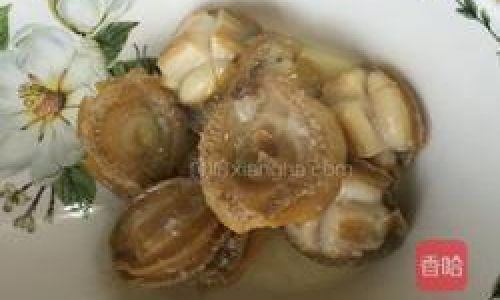
3 Vegetarian Twist
Substitute abalone with king oyster mushrooms or hearty tofu, and use vegetable broth.
Chapter 9: The Science Behind the Stew
1 Maillard Reaction and Flavor Development
Searing aromatics like ginger and garlic triggers the Maillard reaction, creating complex flavor compounds that deepen the stew’s profile.
2 Emulsification and Texture
The cornstarch slurry acts as an emulsifier, binding fat and liquid for a silky-smooth broth.
3 Umami Synergy
Abalone’s glutamic acid combines with soy sauce’s umami notes, creating a flavor explosion that lingers on the palate.
Conclusion
Crafting the perfect abalone and potato stew is an alchemy of technique, timing, and respect for ingredients. By mastering the nuances of abalone preparation, potato cooking, and broth development, you’ll create a dish that transcends mere sustenance—it becomes an experience. Whether served at a festive banquet or a cozy family dinner, this stew is a testament to the magic that happens when simplicity meets culinary artistry. So, roll up your sleeves, gather your ingredients, and embark on a journey to stew perfection. Your taste buds will thank you.



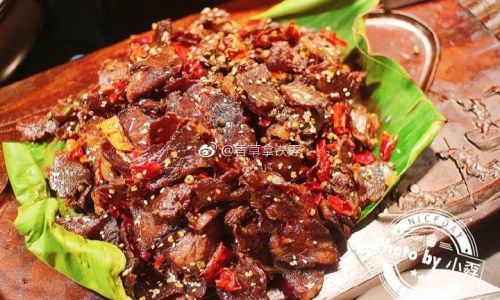
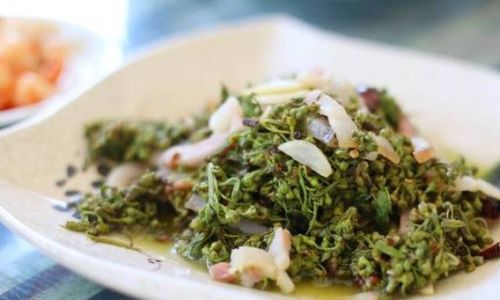

0 comments